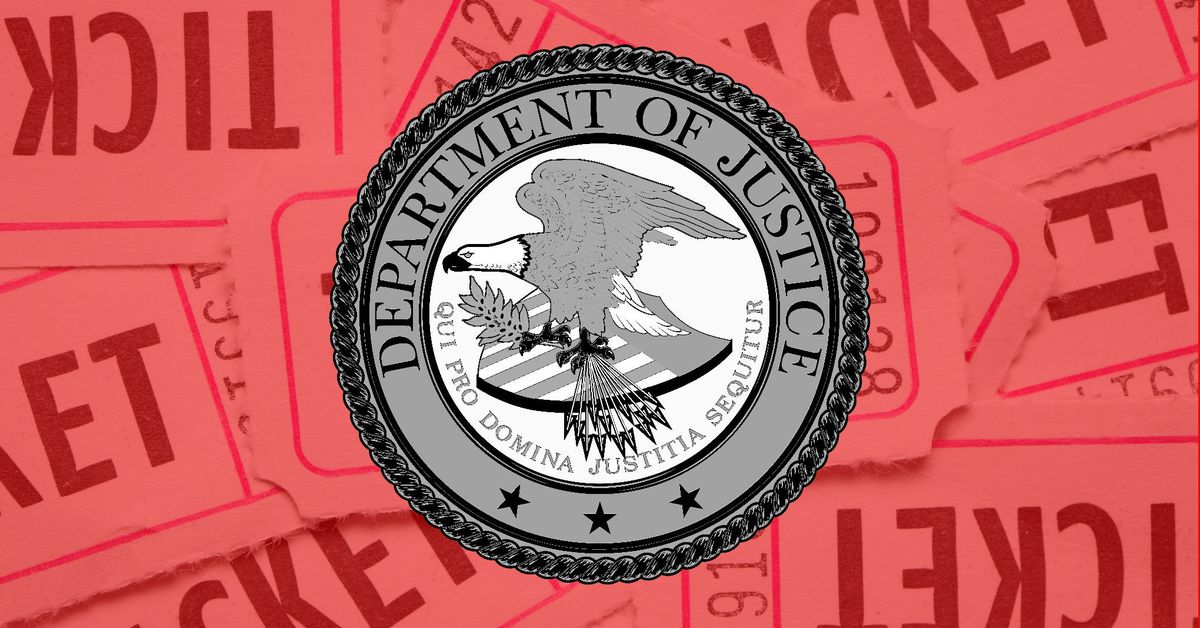- cross-posted to:
- [email protected]
- [email protected]
- cross-posted to:
- [email protected]
- [email protected]
cross-posted from: https://dubvee.org/post/1735883
The Department of Justice has amended its antitrust lawsuit against Ticketmaster and Live Nation, alleging that Ticketmaster’s introduction of nontransferable tickets and the SafeTix system was primarily intended to stifle competition from rival platforms like StubHub and SeatGeek, rather than merely to reduce ticket fraud. “The complaint, which was amended on Monday after 10 states joined the DOJ’s lawsuit, cites internal Ticketmaster documents obtained during the legal process,” notes The Verge. From the report:
In 2019, Ticketmaster rolled out SafeTix, which replaced static barcodes on electronic tickets with encrypted barcodes that refresh every 15 seconds. Ticketmaster marketed SafeTix as a way of reducing ticket fraud, but the complaint claims reducing competition was âoea primary motivationâ for the new ticketing system. […] The amended complaint includes new information about Ticketmaster’s dominance of the events market. One internal Live Nation document cited in the complaint notes that Ticketmaster is the primary ticketer for approximately 80 percent of arenas across the country that host NBA or NHL teams. As of 2022, Live Nation-promoted events accounted for 70 percent of all amphitheater shows across the country, according to internal Live Nation events mentioned in the complaint.
The DOJ alleges that because of Ticketmaster’s conduct, consumers have âoepaid more and continue to pay more for fees relating to tickets to live events than they would have paid in a free and open competitive market.â The exact amount of monetary harm is still unknown, the complaint claims, and will require discovery from Ticketmaster and Live Nation’s books, as well as from its third-party competitors.


Corporate scalpers. A corporation holding venues hostage for ticket sales. These aren’t humans. Limit the rights of the corporations fucking over humans instead of the humans. It’s not a novel concept, over 150 years since it was explained at length.